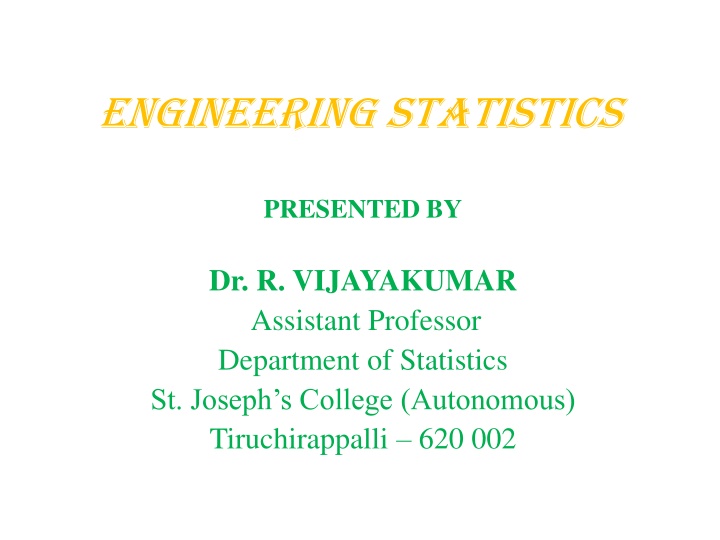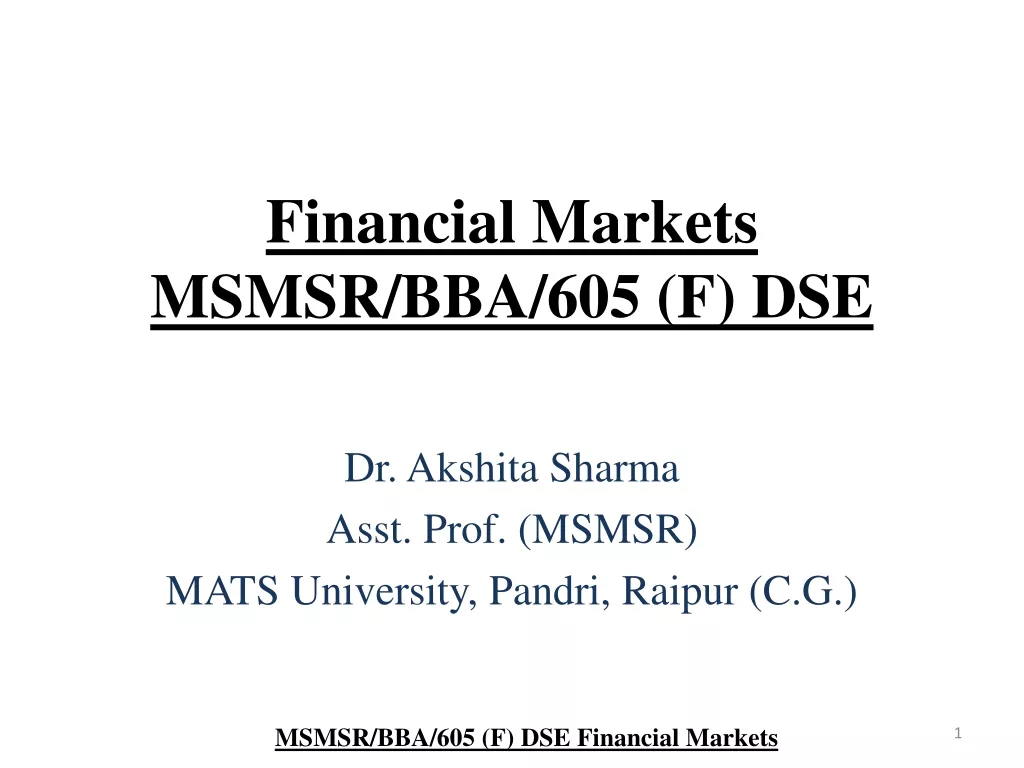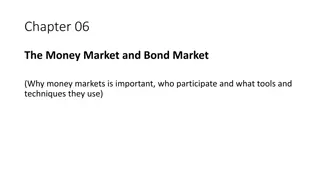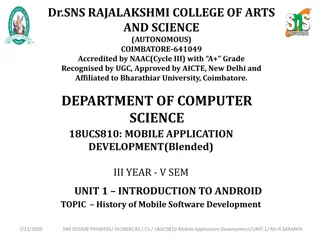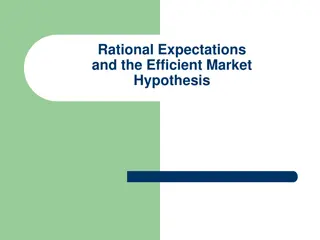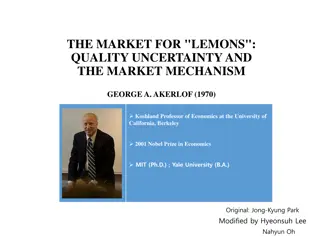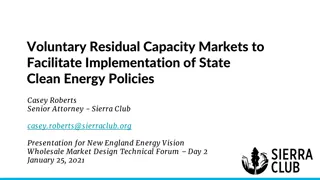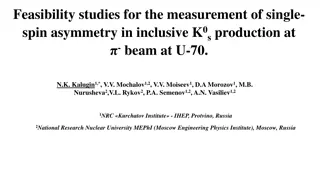Mobile Application Markets: Information Asymmetry and Solutions
The centralized nature of mobile application markets presents a unique opportunity to address information asymmetry between developers and users. Developers possess crucial information about product quality, security, and privacy, while users rely on limited indicators like reviews. This imbalance can hinder innovation and market efficiency. However, app markets can play a key role in reducing information asymmetry through data collection, labeling enforcement, and device control. By ensuring transparency and certification standards, app markets can enhance trust and product differentiation.
Download Presentation

Please find below an Image/Link to download the presentation.
The content on the website is provided AS IS for your information and personal use only. It may not be sold, licensed, or shared on other websites without obtaining consent from the author.If you encounter any issues during the download, it is possible that the publisher has removed the file from their server.
You are allowed to download the files provided on this website for personal or commercial use, subject to the condition that they are used lawfully. All files are the property of their respective owners.
The content on the website is provided AS IS for your information and personal use only. It may not be sold, licensed, or shared on other websites without obtaining consent from the author.
E N D
Presentation Transcript
ENGINEERING STATISTICS PRESENTED BY Dr. R. VIJAYAKUMAR Assistant Professor Department of Statistics St. Joseph s College (Autonomous) Tiruchirappalli 620 002
Introduction Statistical Quality Control is one of the most important applications of the statistical techniques in industry. Control The actual performance and compare it with some standard. Quality Control Quality control can be defined as the entire collection of activities which ensures that the operation will produce the optimum quality products at minimum cost.
Quality control, covers all the factors Quality of Materials Quality of Manpower Quality of Machines Quality of Management
Benefits of S.Q.C S.Q.C. is the control, maintenance and improvement in the quality standards. S.Q.C. involves the identification and elimination of assignable causes of variation and possibly the inclusion of good ones. A process in control is predictable. It provides better quality assurance at lower inspection cost. S.Q.C reduce waste of time and material to the absolute minimum by giving an early warning about the occurrence of defects.
Causes of Variation Variation in the quality of manufactured product in the repetitive process in industry is inherent and inevitable Types of causes There are two types of causes namely 1. Chance causes. 2. Assignable causes.
Chance causes Some stable pattern of variation or a constant cause system is inherent in any particular scheme of Production and inspection. This pattern results from many minor causes that behave in a random manner. Assignable causes This type of variation attributed to any production process is due to non random or the so-called assignable causes and is termed as preventable variation.
DISTINGUISH BETWEEN CHANCE AND ASSIGNABLE CAUSES Chance causes of Variation Assignable causes of Variation Consist of many individual causes. Cost of just a few individual causes. Any one chance cause results in only a small Any one assignable causes can result in a large amount of variation. amount of variation. Chance variation cannot economically be The presence of assignable variation can be eliminated from a process detected and action to eliminate the causes is usually economically justified. Some typical assignable causes of variation are: Some typical chance causes of variation are: - Slight vibration of a machine. - Negligence of operators. - Lack of human perfection in reading - Defective raw material. instruments and setting controls. - Faulty equipment. - Voltage fluctuations and variation in - Improper handling or machines. temperatures.
Process Control The main objective in any production process is to control and maintain a satisfactory quality level of the manufactured product so that it conforms to specified quality standards. Product Control Product control mean controlling the quality of the product by critical examination at strategic points and this is achieved through Sampling Inspection Plans pioneered by H.F. Dodge and H.C. Romig. Product control aims at guaranteeing a certain quality level to the consumer regardless of what quality level is being maintained by the producer.
PROCESS CAPABILITY PROCESS CAPABILITY Process capability may be defined as the minimum spread of a specific measurement variation which will include 99.7% of the measurements from the given process . In other words, process capability = 6 since 6 is taken as a measure of the spread of the process, which is also called natural tolerance.
Techniques of S.Q.C Process Control Product Control Variables Attributes Variables Attributes X bar Chart - C- np- Chart p- Chart Chart Chart R- Chart
CONTROL CHARTS A control chart is a graphical representation of the collected information. The information any pertain to measured quality characteristics or judged quality characteristics of samples. CONTROL LIMITS These are limits of sampling variation of a statistical measure such that if the production process is under control, the values of the measure calculated from different rational sub-groups will lie within these limits. Points falling outside control limits indicate that the process is not operating under a system of chance causes.
SPECIFICATION LIMITS An article is proposed to be manufactured, the manufactures have to decide upon the maximum and the minimum allowable dimensions of some quality characteristics so that the product can be gainfully utilized for which it is intended. If the dimensions are beyond these limits, the product is treated as defective and cannot be used. Tolerance limits Tolerance limits These are limits of variation of a quality measure of the product between which at least a specified proportion of the product is expected to lie, provided the process is in a state of statistical quality control.
